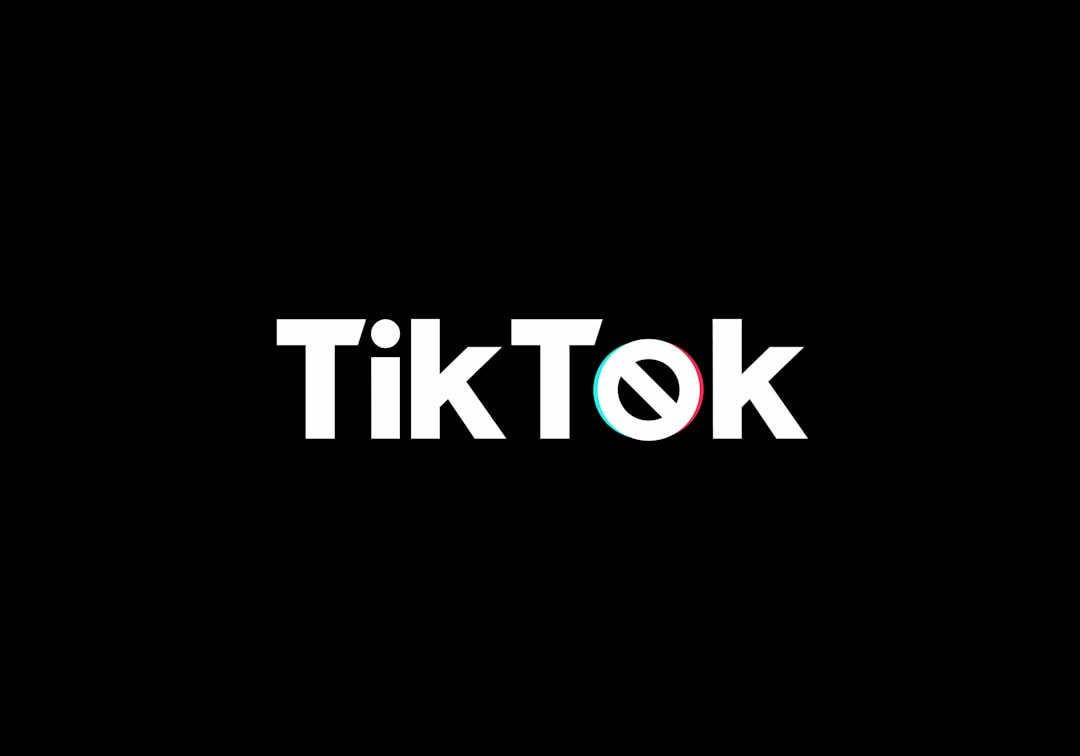With the rise of short-form video content, platforms like TikTok have become powerful spaces for creativity, dialogue, and storytelling. As the platform’s reach expands, so does the diversity of content shared, including content that may be sensitive or triggering for some individuals. Whether you’re sharing personal stories, discussing mental health, or displaying content that involves violence or strong emotional themes, it’s critical to consider how you present such materials to your audience. Properly tagging or warning users about sensitive content ensures a safer and more respectful online environment.
Why Content Warning Matters
In a digital landscape where countless videos are viewed by millions of people every minute, not everyone is prepared to engage with every kind of content. Users may be sensitive to certain topics due to past experiences, mental health challenges, or personal preferences. By giving your audience a heads-up with appropriate content warnings, you allow them to make informed choices about what they wish to view.
Failing to use content warnings can result in distress for your viewers, reduced engagement, and may even lead to your content being flagged or removed by the platform. Furthermore, TikTok’s algorithms may restrict distribution if content is deemed unsuitable without proper labeling.
When Should You Tag or Warn Viewers?
While not every video requires a warning, it’s important to consider tagging or warning your viewers in the following scenarios:
- Violence: Visual or verbal depictions of violence, including news stories, fights, or trauma-related content.
- Self-harm or suicide: Content discussing or depicting self-injury, suicide ideation, or recovery stories.
- Mental health issues: Deep discussions of depression, anxiety, PTSD, or other conditions that could prompt emotional responses.
- Sexual content: Discussions of sexual assault, abuse, or mature topics beyond TikTok’s usual scope.
- Disordered eating: Content that involves dieting, weight loss, or eating disorders.
- Graphic imagery: Visible injuries, blood, or surgery visuals that may be disturbing to some users.
Your goal should always be to maintain transparency while prioritizing empathy.
Methods to Add Warnings on TikTok
TikTok currently does not offer a built-in button to mark content as “sensitive,” but creators can take several proactive measures to responsibly alert their audience.
1. Use On-Screen Text
Before diving into sensitive content, add a short message at the beginning of your video. Text like “Content Warning: Discussion of Self-Harm – Viewer Discretion Advised” gives people a chance to swipe away if they’re not comfortable proceeding.
To make sure your message is read, place the text within the first 2–3 seconds and ensure it contrasts well with the background color. Consider bold and capital letters to draw attention.
2. Add Warnings in the Caption
Captions are another key space for warning signals. A short caption like “TW: Eating Disorders” or “⚠️ Sensitive Topic Ahead” helps prepare viewers even before they watch the video. This also prevents misunderstandings or negative reactions in the comments section.
3. Use Hashtags Effectively
While hashtags boost discoverability, they can also be used to denote caution. Common hashtags for content warnings include:
- #ContentWarning
- #TriggerWarning
- #TW or #CW
- #MentalHealthAwareness
- #SensitiveContent
These not only alert users, but help create a community that values safety and respect.
4. Verbally Acknowledge Sensitive Topics
If you’re speaking directly to your audience, take a few seconds to say something like, “Before we start, I want to give a trigger warning for discussions of trauma.” This straightforward approach engages empathy and helps build trust with your viewers.

Best Practices for Tagging Sensitive Content
Creating a warning isn’t simply about avoiding backlash; it’s also about effectiveness and clarity. Follow these best practices to ensure your warnings are both respectful and useful:
- Be Specific: Instead of a generic warning, specify the topic. For example, “TW: Sexual Assault” is clearer than simply “TW.”
- Place it Early: Your viewer should see the warning before the sensitive content begins—ideally within the first few seconds or characters.
- Be Consistent: Use similar formats for each sensitive topic to create predictable and recognizable signals for your followers.
- Avoid Sensationalism: Use neutral language in your tags and warnings; the goal is to inform the user, not to incite fear or curiosity.
Using TikTok’s Existing Tools
TikTok provides limited moderation tools, but awareness of its current features is important:
- Community Guidelines: Familiarize yourself with TikTok’s Community Guidelines to avoid posting content that could be flagged, especially if it involves self-harm or graphic visuals.
- Sensitive Content Filter: Although this feature is mostly geared toward viewers, creators should be aware that their content may be filtered or limited in visibility if it’s reported or algorithmically flagged as harmful.
Creators also have the ability to moderate comments, restrict duets, and limit who can see and interact with their posts. These controls can be used when sharing emotional or personal topics.
Handling Sensitive Comments and Interactions
After posting sensitive content, it’s common to receive emotional responses. Be prepared to interact with your audience thoughtfully:
- Moderate Comments: Remove comments that are harmful, dismissive, or triggering to others.
- Provide Resources: If applicable, include contact information for support organizations such as the Crisis Text Line, SAMHSA, or local hotlines in your video or caption.
- Pin Supportive Comments: Highlight encouraging and respectful feedback to set a supportive tone within the thread.

Legal and Ethical Considerations
While most discussions around content warnings are ethical in nature, legal implications may arise in certain jurisdictions if you share triggering or harmful content without precautions. For instance, graphic violence or non-consensual footage may not only breach TikTok’s policies but also laws around digital platforms, privacy, or harassment.
Always secure consent when discussing stories involving others, blur identifying details where necessary, and consult legal advice for sensitive or potentially libelous material.
Supporting a More Conscious Content Culture
Being mindful of the emotional state of your audience contributes to a more compassionate and respectful online culture. By using tags and warnings, creators become role models, helping to destigmatize difficult conversations through responsible storytelling.
Moreover, as TikTok continues to evolve, there’s a growing demand for better support features for handling sensitive content. Creators who stay ahead of ethical standards not only protect themselves, but also elevate the platform as a space for healing and education—not just entertainment.
Conclusion
Tagging or warning viewers about sensitive content on TikTok may seem like a small step, but it can have a profound impact on user experience. Whether through captions, hashtags, spoken disclosures, or community awareness, taking the time to inform your audience can prevent harm, increase trust, and contribute to a safer social media environment.
Being empathetic, intentional, and clear about sensitive topics positions you as a thoughtful creator—one who respects the complexity of human experience in a digital age.